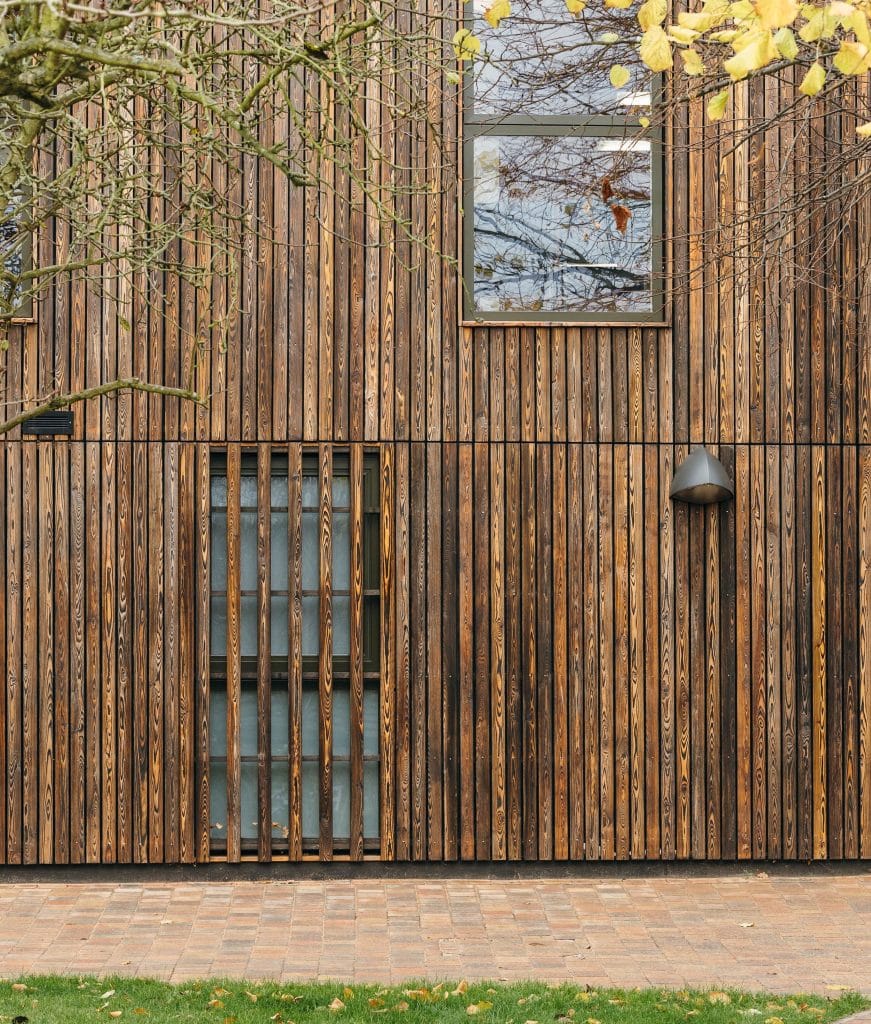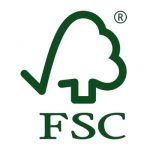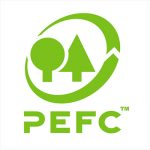Timber is the oldest building material. We can see examples of centuries-old timber buildings in countries across the globe. There is no better proof that it is a strong and durable option. There is currently a resurgence in the use of timber cladding and wooden beams in architectural design. We may love the aesthetic appearance, but is this a sustainable construction material?
When we hear the devastating effects of deforestation, it is understandable to assume that chopping down trees is not good for the environment. The reality is dependent on the source of the timbers.
Trees harvested from Managed Forests
The removal of trees from unmanaged forests can destroy habitats and reduce diversity. In contrast, timber from sustainable forests can have a positive environmental impact. In these managed forests, more saplings are planted than harvested, so the number of trees increases year on year.
Did you know that in the last 20 years, European forests have grown by 16million hectares as a result of sustainable forestry? From 1990 to 2015, the growth was equivalent to the size of Portugal.*
The fact that these forests supply timber for construction and other uses, such as paper and cardboard production means they are commercially viable. This is a crucial factor helping Europe to retain and expand wooded areas.
How Can you Identify Sustainably Sourced Timber?
Around 60% of Europe’s forests have met the criteria to be on FSC or PEFC source certification schemes. Their timbers are marked with the FSC or PEFC logo before being sent to timber merchants. The schemes make it easier for construction companies and timber cladding suppliers to ensure traceability back to the source.
How Does Timber Compare to Other Building Materials?
The energy used in processing, production and transport is lower for timber than other mainstream building materials; bricks, steel or concrete. Unlike these alternatives, timber is naturally renewable. Plant a sapling today and it will be ready to harvest in 25-80 years, depending on the species. As it grows, it will absorb carbon from the atmosphere, having a positive environmental impact.
Timber has strong structural properties and provides good thermal and sound insulation. As such a timber-clad home can help to reduce energy use, as more heat is retained. With a variety of different species to chose from, a wide variety of styles can be achieved when working with wood.
Are There Any Downsides to Using Timber in Construction?
As a natural material, untreated timber is vulnerable to weathering, damage and distortion when used for exterior applications such as timber cladding. Treating timber for external use typically involves applying protective coatings. These create a barrier to minimise the effects.
Steps have been made to reduce the toxicity of these applications, but they can have a negative environmental impact. In addition, there are fewer options for reusing or recycling chemically- treated timber.
This is where the traditional Japanese art of Yakisugi comes into play. Yakisugi is a controlled charring process, which alters the cell structure of the wood. Initially developed as a means of increasing resilience to fire, the process protects timbers in many ways.
Charred timbers are more stable and their reaction to changes in moisture is minimal. They are also naturally repellent to burrowing insects. In short, charring is a chemical-free wood preservative.
UK Suppliers of Charred Timber Cladding
Exterior Solutions Ltd has been a trusted supplier of Charred Timber Cladding since 2011. Our experienced team developed the Shou Sugi Ban® charred timber range. The controlled processes are carried out to exacting quality standards in our on-site workshop.
We are passionate about sustainable forestry; the future of our business depends on it. As such, we source all timbers from FSC or PEFC certified forests. We are delighted to see our charred timber cladding being part of commercial architecture, building developments and on the grandest designs.
To request our Shou Sugi Ban® charred timber brochure, please contact us on 01494 711800. We are happy to answer any questions you may have.
*World Economic Forum Data



